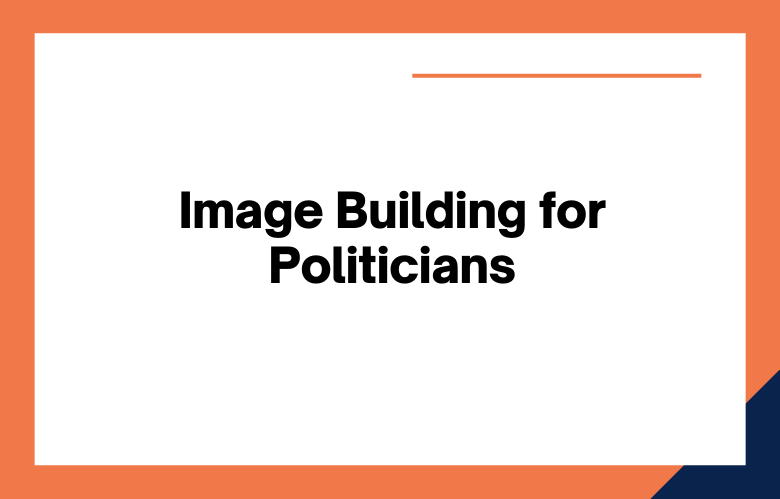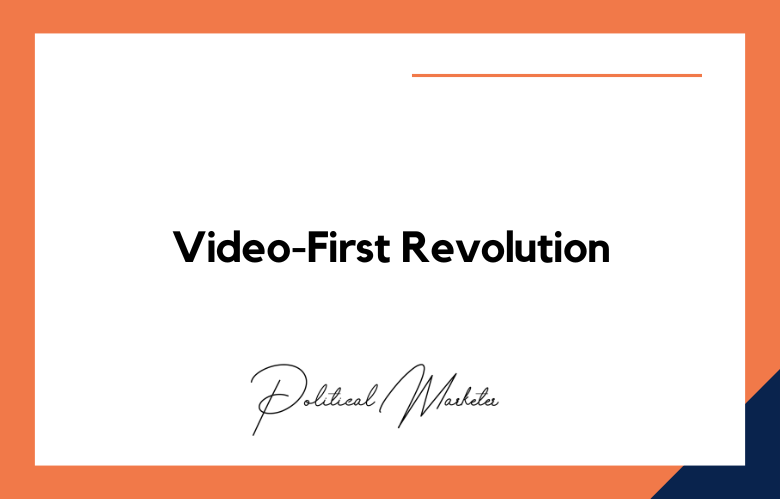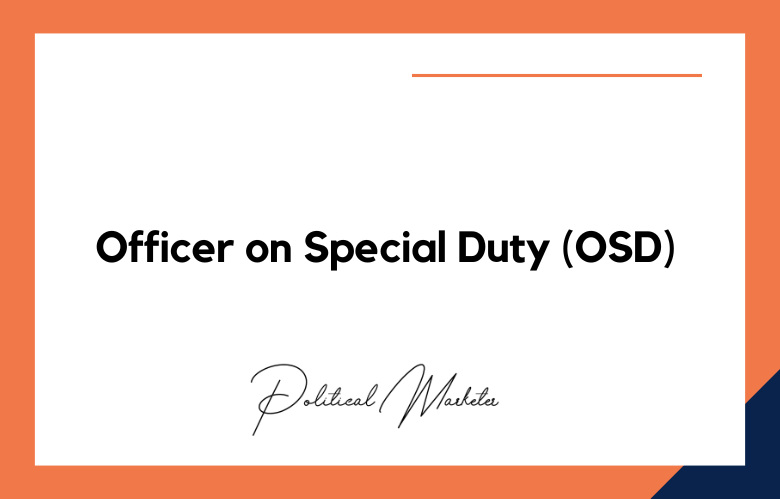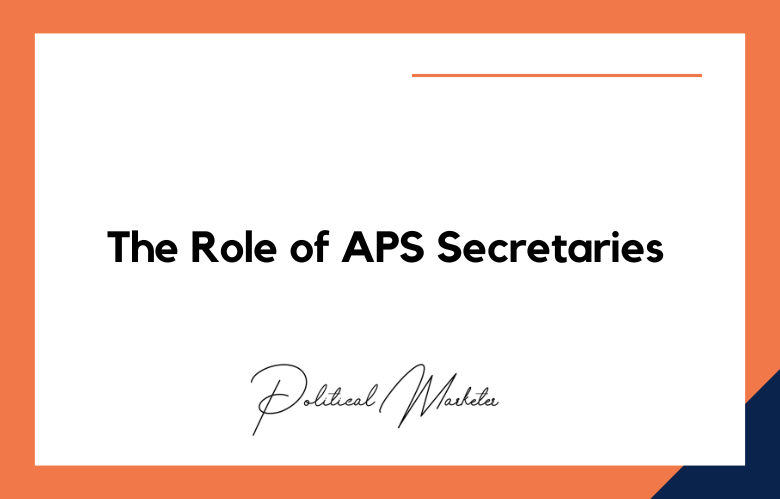Selfies have become a part of our daily lives. It is a quick and easy way to capture a moment and share it with our friends and followers.
Unsurprisingly, politicians have embraced the selfie trend to connect with voters. Selfies are the ultimate tool for humanizing politicians and making them more relatable.
We will discuss the art of selfie politics and how politicians use selfies to connect with voters.
Political campaigns have evolved in recent years, especially with the rise of social media. Candidates use social media platforms to connect with voters and boost their campaigns.
Among the rapidly growing trend in political campaigning is the use of selfies. Yes, selfies! Selfies are now a vital part of political campaigning, and politicians are getting creative with how they take and share them in ways that resonate with voters.
I will explore how politicians use selfies to connect with voters and why this strategy works.
The Rise of Selfie Politics: How Social Media is Changing Political Communication?
In recent years, social media has become an increasingly powerful tool for political communication, thanks to the rise of selfie politics.
This phenomenon refers to the growing trend of political figures using selfies – self-portraits taken with a smartphone camera – to engage with their audiences and promote their agendas to a wide range of supporters.
Perhaps the most notable proponent of selfie politics is former U.S. President Barack Obama, who famously took a selfie with Danish Prime Minister Helle Thorning-Schmidt and British Prime Minister David Cameron at Nelson Mandela’s memorial service in 2013.
This viral moment highlights the potential for selfies to connect political leaders with their constituents and build a sense of intimacy between them.
The Selfie as a Political Tool: Examining the Use and Impact of Selfies in Political Campaigns?
In recent years, social media has revolutionized the political landscape, with a critical element being how political candidates utilize selfies to engage voters.
Selfies, carefully crafted self-portraits taken with a smartphone or other digital device, have become a ubiquitous practice for individuals worldwide.
However, in terms of political campaigns, the selfie has taken on a more profound meaning: It is seen as a tool for politicians to make a personal connection with voters.
In recent years, politicians have noticed the power of the selfie, using it to create a more personal relationship with potential voters.
A well-placed selfie on social media can humanize candidates and make them seem more approachable, relatable, and fun. Moreover, selfies have become increasingly practical in gathering data about an electorate’s preferences, beliefs, and attitudes.
From Selfies to Votes: Analyzing the Role of Selfies in Political Mobilization?
The 21st century has witnessed the rise of social media as a powerful tool for political mobilization. Among the various modes of communication and expression on social media, selfies have emerged as a trendy and practical medium for political engagement.
The interplay between selfies and political mobilization has attracted the attention of researchers, who have sought to understand how selfies are used to construct political identity and attract support for political causes.
One of the key findings of research on selfies and political mobilization is that selfies provide a personalized and authentic mode of political expression.
By sharing selfies with political messages or symbols, individuals can signal their support for a particular political cause in a way that feels genuine and meaningful. This can help mobilize others to join the cause, as they see that others are also invested in the issue.
Selfie Culture and the Politics of Identity: How Selfies are Reshaping Political Discourse?
Selfie culture has become a pervasive aspect of contemporary society, with individuals regularly capturing images of themselves in various contexts, from wandering through city streets to experiencing life landmarks.
While selfies often have a reputation for being frivolous and self-absorbed, recent research has shed light on how they actively reshape political discourse and engage individuals in meaningful conversations about identity, visibility, and representation.
One way selfies disrupt traditional political discourse is by highlighting the importance of personal identity within political contexts.
Instead of simply sharing political opinions or supporting specific candidates, individuals are leveraging selfies to visually showcase aspects of their identity, from their racial or ethnic heritage to their gender identity or sexual orientation.
This emphasis on personal identity is a powerful tool for social justice and political activism, as it allows marginalized communities to assert their visibility and demand political representation.
Selfies and the Future of Democracy: Exploring the Potential and Pitfalls of Selfie Politics?
In recent years, selfies have become ubiquitous online and offline. From social media platforms to political rallies, selfies have become essential for individuals to express themselves and share their experiences with the world.
However, the rise of selfie politics has raised significant concerns about the role of selfies in shaping the future of democracy.
On the one hand, selfies have the potential to promote political engagement and participation.
Selfies can foster a culture of transparency and accountability by allowing individuals to document their experiences and perspectives. Furthermore, they can also amplify marginalized voices that are often excluded from traditional political spaces.
The Selfie Generation and Political Engagement: A Study of Selfie-Taking Habits Among Young Voters?
In the era of social media, taking selfies has become an increasingly popular way for individuals to document and share their daily lives.
A recent study has therefore aimed to investigate the connection between the so-called “selfie generation” and their political engagement.
Specifically, the study has focused on how young voters across regions take selfies and how these images reflect their political attitudes and behaviors.
The study has found that young voters in different regions tend to take selfies for various purposes. In some areas, selfies are taken to support a particular political party or candidate.
In other areas, however, selfies are taken more as a form of self-expression and may not necessarily be related to politics. Moreover, the study has found that young voters who take selfies frequently tend to be more politically engaged than those who do not.
Selfies and Political Authenticity: Can Selfies Help Politicians Connect with Constituents?
With the advent of social media and the widespread use of smartphones, selfies have become ubiquitous in our daily lives. While selfies were once considered a frivolous pastime, they have now assumed a more serious role in politics.
In recent years, politicians have increasingly turned to selfies to connect with their constituents and project a more authentic image to the public.
Political selfies are so popular because they convey a sense of closeness and intimacy between politicians and their supporters.
By taking selfies with constituents in public, politicians can break down the traditional barriers that separate them from the crowd and show that they are approachable and relatable.
Selfies can allow politicians to showcase their charm and charisma, which can go a long way in winning over undecided voters.
The Ethics of Selfie Politics: Should Politicians be Taking Selfies on the Campaign Trail?
In the modern world of politics, it has become increasingly common for politicians to take selfies to appeal to the younger population.
However, the question arises as to whether or not it is ethical for politicians to engage in such self-promotion on the campaign trail. With countless selfies being shared on social media platforms every day, it can be challenging to understand the implications of this cultural phenomenon.
On the one hand, politicians taking selfies can be viewed as a way of humanizing themselves and appealing to their audience on a personal level.
By posting images of themselves on social media, politicians can demonstrate that they are “in touch” with the concerns and values of the younger generation.
Moreover, it is argued that politicians taking selfies is an effective way to create a sense of authenticity and relatability, which can pay off by increasing voter turnout and support.
Selfie Politics and Populism: How Selfies are Used to Create a Sense of Connection Between Politicians and the Public?
Selfies have become an integral part of modern political campaigns, especially in the era of populism, where politicians are looking to establish a closer connection with their constituents.
Taking a selfie, a self-portrait photograph taken with a handheld device, is seen as an expression of authenticity.
Politicians increasingly use it to convey as accessible, engaging, and relatable. Selfies help politicians communicate a message of inclusivity, transparency, and openness, which are critical pillars of the populist movement.
Studies show that selfies significantly impact the public perception of politicians, especially when they are taken in informal settings such as rallies, community events, and public transport.
Selfies taken in such locations present politicians as being close to the public, demonstrating that they are listening to the people and are keen on understanding their concerns.
This, in turn, fosters a sense of trust and empathy that is fundamental to the success of any political campaign.
Conclusion:
Selfies have become an essential tool in the art of selfie politics. They help to humanize politicians, increase social media engagement, reach young voters, campaign on the go, and connect with constituents.
By using selfies, politicians can create likability, accessibility, and relatability. As we move towards more visual social platforms, selfies have emerged as a valuable tool in the political toolbox.
For politicians seeking to win elections, selfies are not just a passing trend but a vital component of their campaign strategy.
In conclusion, using selfies in political campaigning has become more prevalent. Politicians use selfies to connect with voters by showcasing their personal lives, rallying supporters, entertaining the masses, getting creative, and capturing spontaneous moments.
Selfies provide a unique platform for politicians to engage and interact with voters, conveying their ideas effectively.
While selfies seem trivial, they’re an easy and effective way for politicians to reach out to voters and create a connection that leads to votes. As political campaigns evolve with technology, we will see more unique ways politicians use selfies to connect with voters.
Call: +91 9848321284
Email: [email protected]











